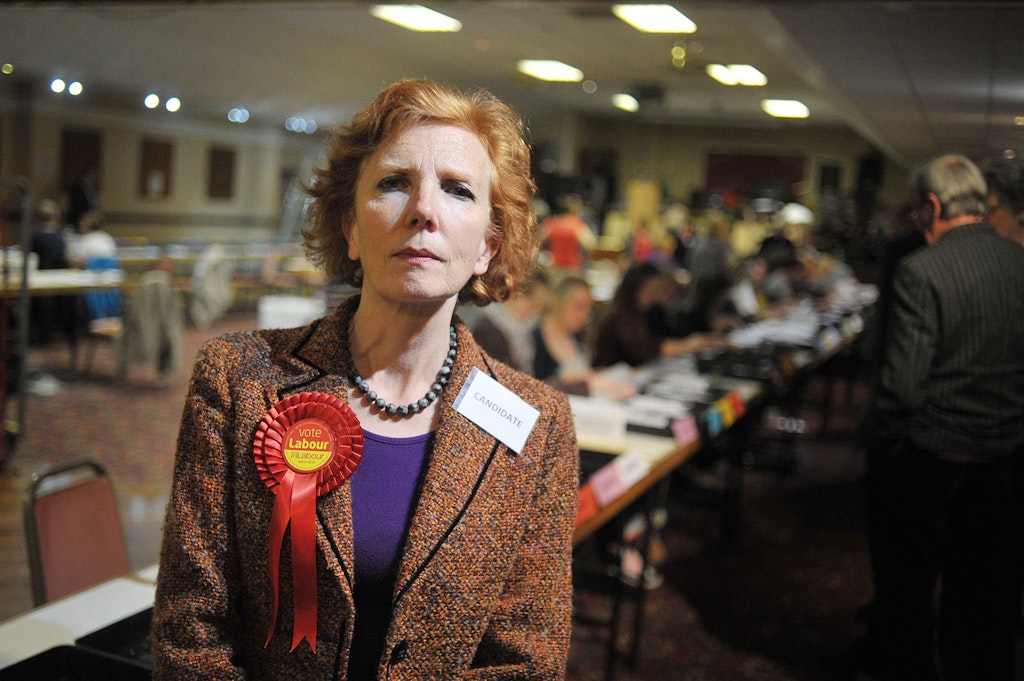Modern houses buyers actually want
Public taste has shifted; the government must catch-up
One of the problems about attitudes to contemporary architecture, and particularly those of the current government, is its polarisation. On the one hand, you have think tanks, such as Create Streets, which peddle both policy papers and online comment, hostile to nearly all forms of contemporary architecture apart from the most reactionary.
These are the people, like Nicholas Boys Smith, who idolise the late Roger Scruton and are said to bend the ear of the current Secretary of State, Michael Gove.
On the other hand, whatever its official pronouncements, most new housing under the current government has been under the auspices of the three big-volume house builders who churn out standardised housing estates which have been built to a uniform model — small brick boxes possibly with a pseudo-Georgian white portico to add a few thousand pounds to the price. Perhaps not coincidentally, they are big donors to the Conservative party and are putting pressure on the government to provide greenfield sites for new suburban housing development.
People are not necessarily hostile to contemporary architecture
What this government does not seem to have paid attention to is the huge shift in public taste over the last ten years and during the time of the current government, where people spend a vast amount of time browsing new housing and dreaming of being able to buy it.
I see this mood, or movement, most prominently represented by the website, The Modern House, through which thousands of people spend time looking at post-war housing, including some former local authority estates, hoping to be able to buy a small, day-lit flat in north Hackney, Leyton or Walthamstow, for half a million pounds.
People are not necessarily hostile to contemporary architecture, providing it is well-built, open to daylight, filled with mid-century modern furniture, and ideally looking out at trees.
In order to understand this phenomenon, how it came about, and what might be its implications for current housing policy, I went to meet the two founders of The Modern House, Albert Hill and Matt Gibberd, in the company’s offices in Southwark to find out what prompted them to establish the website and what might be its implications for current housing policy.
Not coincidentally, they both come from families which were invested in a belief in the benefits of new housing in the late 1950s and 1960s. Gibberd’s grandfather was Sir Frederick Gibberd who made his name as a designer of modern flats, starting with Pullman Court in Streatham, and, after the Second World War, was responsible for the development of Harlow New Town where he himself lived and drove his vintage Rolls-Royce.
Matt Gibberd’s father was also an architect, but running a small private practice with an interest in the restoration of 18th century houses as well as designing new ones. So, Gibberd was brought up with a belief that an interest in historic architecture is compatible with a taste for the contemporary. His first job was writing about modern architecture for the World of Interiors, which he gave up just before he and his school friend, Albert Hill, started The Modern House in 2005.
Albert Hill has an equally liberal pedigree, having moved on his ninth birthday from a terrace house in Stockwell to an arts-and-crafts house on the seafront at Lyme Regis, where he was able to store his collection of Memphis furniture in his father’s garage. He spent some of his childhood enjoying the cork floors of the house extension in Suffolk designed by his uncle, Heywood Hill.
Hill, like Gibberd, became an architectural journalist, writing for the Guardian’s short-lived design supplement, Space, and he was architecture and design editor for Tyler Brûlé’s magazine Wallpaper, first launched in 1996, which was itself part of the movement which made modernism fashionable.
It was Hill who realised on a trip to Sarasota where there was an estate agent marketing Paul Rudolph houses to collectors in New York that it might be possible to establish an online estate agency, which had previously been the province of spivs, marketing and promoting modern houses by investigating their history and promoting them with high quality photography.
The government ought to be able to promote new architecture in a way which the public supports
What The Modern House demonstrates day-in, day-out, is that there is a vast range of post-war housing all over the country, in south Scotland as well as London suburbs, which was well designed and is now highly desirable, filled with the dreams of post-war architects for a lifestyle which was open plan, had big windows opening out onto the garden, and small, convenient kitchens full of the latest gadgets.
Much of the history of post-war architecture has been written in terms of big housing developments, such as Milton Keynes and the Barbican. It has tended to neglect those architects such as Peter Aldington, Peter Womersley and Patrick Gwynne, who concentrated on single houses for private clients. These houses have been well cared for and now sell for over a million pounds.
What The Modern House demonstrates is that the government ought to be able to promote new architecture in a way which the public supports. It needs a housing minister of either party who can promote new housing which represents current consumer desire.
It shouldn’t be impossible. It needs legislation, and public investment, perhaps by establishing a new arm of the National Lottery, to promote a belief in the political and commercial benefits of good social housing and supporting its design.
This article is taken from the July 2023 issue of The Critic. To get the full magazine why not subscribe? Right now we’re offering five issues for just £10.
Enjoying The Critic online? It's even better in print
Try five issues of Britain’s most civilised magazine for £10
Subscribe














